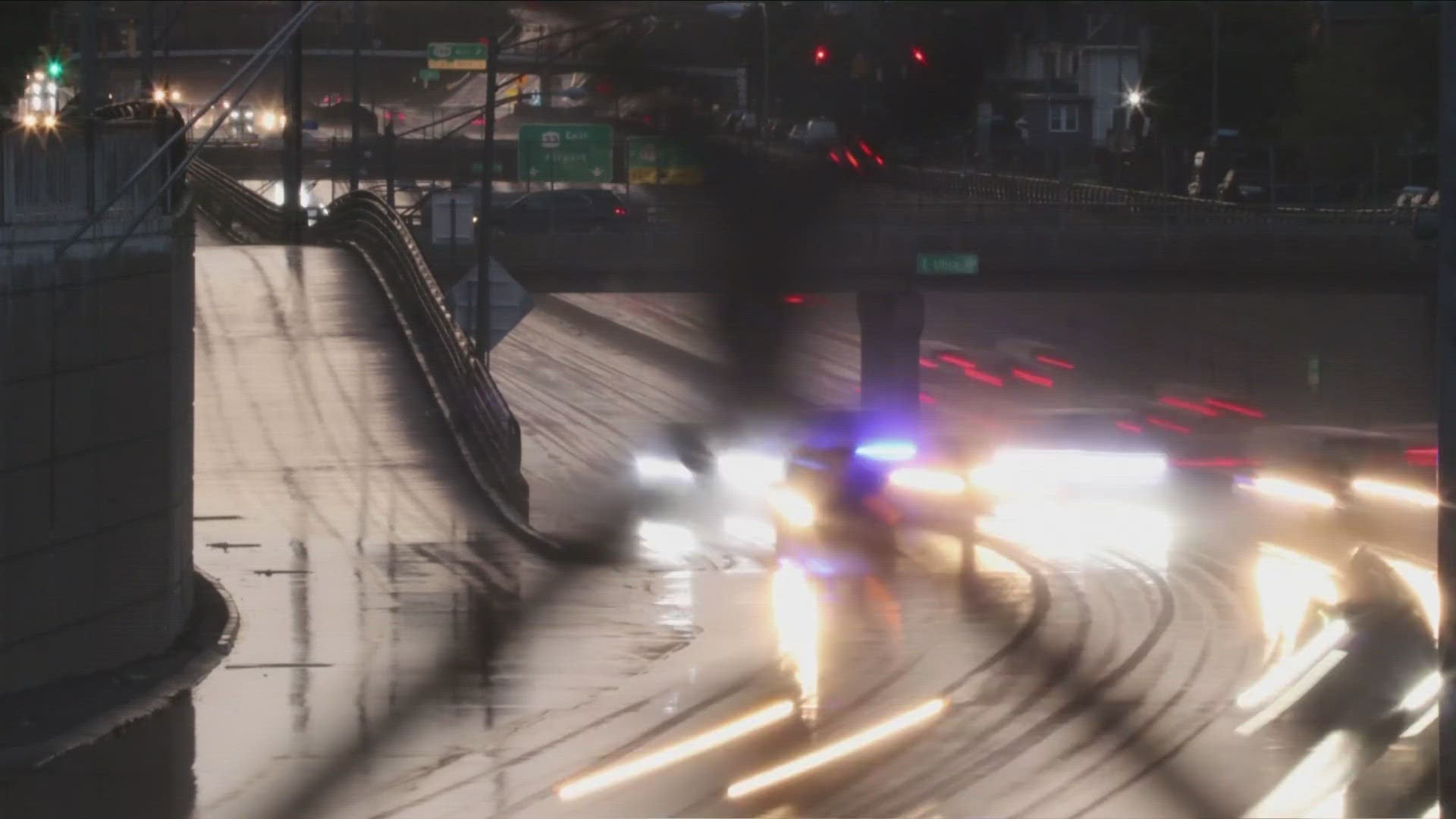BUFFALO, N.Y. — Two weeks before a public hearing will be held so New York State Dept. of Transportation officials can provide an update on the billion-dollar Kensington revamp, the agency released the draft design report and environmental assessment.
The 347-page report can be found on the Kensington Project website maintained by the NYSDOT.
The release of the report is the latest in a series of efforts by the DOT to maintain a schedule to break ground on the project by the end of 2024.
The established goal of the Kensington project, one that is highlighted repeatedly in the public comment section of the report, is to "reconnect the community surrounding the defined transportation corridor and improve the compatibility of the corridor with the adjacent land uses, while addressing the geometric, infrastructure, and multi-modal needs within the corridor in its current location."
Many of the public comments released in the report urge the DOT to reconsider the "fill-in" alternative option, rather than the tunnel option the department has prioritized from the beginning.
"One of the arguments that they always make is there's 70,000 cars going through there every day," said Doug Funke. "They are, but those cars are being funneled there. If it wasn't for that, if people coming from all over, they would take whatever would be the shortest route."
Funke is the president of Citizens for Regional Transit. The organization submitted 12 pages worth of comments to the DOT and also urged a reconsideration of the fill-in option.
But Funke and the CRT want a change of the guard in terms of who is overseeing the project.
Funke says they want to see the Greater Buffalo Niagara Regional Transportation Council take over as project lead, citing the NYSDOT has been gatekeeping public input on the project to a degree.
The GBNRTC took over the redevelopment of the Scajaquada Expressway redevelopment from the NYSDOT, which is still in the design phase.
"The public came up with objectives," Funke said. "That led to some alternative designs that were basically voted on by the public."
As for the environment, the assessment determined that the tunnel would "result in a net zero change, or an average slight decrease, in the concentrations of fine particulate matter."
The Clean Air Coalition of WNY doesn't have a stance on which alternative should or shouldn't be built, but supports whichever plan will improve air quality in the Humboldt neighborhoods.
"I was surprised that, being in the tunnel situation, that none of the the emissions would be more concentrated in those areas," said CACWNY Executive Director Chris Murawski. "That's not what the model is showing."
The air quality in the neighborhoods adjacent has been troubling for years.
"We know best based on the history of the Kensington and hearing from community members that they're high rates of asthma, and cardiovascular disease," Murawski said. "So obviously, that standard that they're using to compare is not protecting public health currently."
The economic impact on residents living in the neighborhood is also studied in the assessment.
While lawmakers and state officials have avoided the topic publicly, the assessment does plant the seed for the inevitable -- higher property values along the Kensington corridor.
On the surface, higher property values are generally a good thing in the eyes of the public, but they also can mean higher property tax rates.
The assessment suggests that "increases in property values can result in increases in property taxes, which can pose a burden to low-income homeowners and renters," and that "the exact magnitude of potential effects to property values cannot be reasonably predicted."
However, the assessment goes on to say that the property value increases could be offset by the overall project benefits and that "increased taxes would positively affect the local tax base."
In the 8 census tracts adjacent to the proposed Kensington capping, the percent of households living below the poverty line rang from 19.3% to as high as 68.5%
A public hearing will be held on September 27th. Two sessions will be held at the Buffalo Museum of Science located at 1020 Humboldt Parkway.
The first session will be held from 10;30 a.m. until 2 p.m. and the second held from 4:30-8 p.m.

